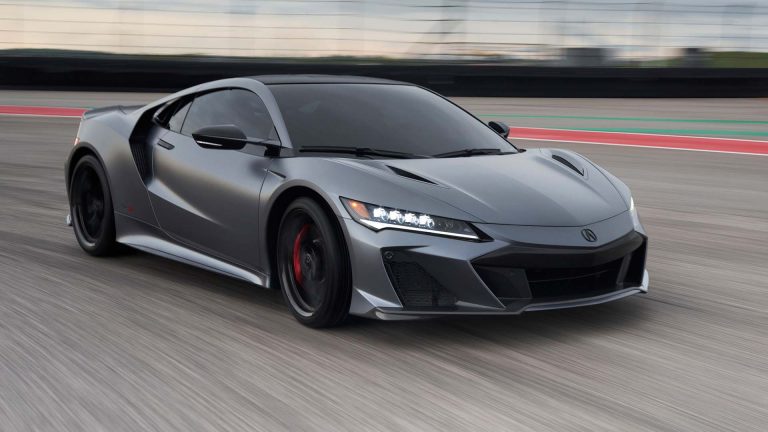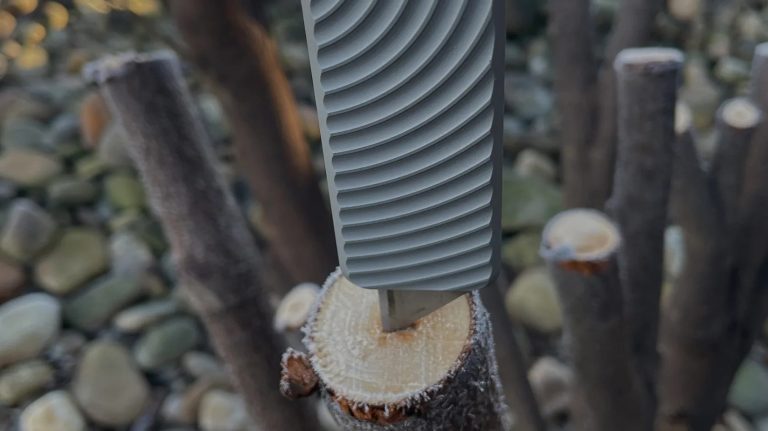Unleashing the Ultimate 911: 100 Ways the 2025 Porsche 911 GT3 Improves on Perfection

Porsche 911 GT3: A New Era Begins
The Porsche 911 GT3 is evolving into its 992.2 era, bringing with it a few tweaks to the familiar formula that should make it a fitting sendoff to what could be the final purely combustion-powered GT3. In its latest iteration, the 911 GT3 is sharper, better looking, and more practical, thanks to the introduction of the GT3 Touring model.
Modest Upgrades
The list of updates isn’t as long as it would be for a totally new car, but what has been improved is still pretty impactful. The front trailing arm ball joints are now lower, to mitigate brake dive; the dampers have been tweaked for improved stability; new lightweight wheels reduce unsprung mass by 3.3 pounds; and both the six-speed manual and seven-speed dual-clutch transmissions get 8% shorter final-drive ratios. These modest optimizations should be felt where they matter most, at the track.
Keeping it Classic
One of the most exciting interior changes isn’t actually a change at all: the rotary ignition switch remains. For the newly updated 911 Carrera GTS, Porsche ditched the electric knob that was reminiscent of classic Porsches’ left-sided ignition key, in favor of a push-button start. But for the GT3, Porsche has wisely stuck with tradition and will let owners fire it up with a twist instead of a push.
Goodbye, Analog Tach
The bad news is that the beloved analog tachometer is gone for both GT3 models, replaced by a digital instrument panel just like the Carrera GTS has. Still, it shouldn’t pose much of a distraction as there’s a Track Screen display mode that minimizes the surrounding information to highlight pertinent vehicle data only. There’s also a setting that puts the 9,000 rpm redline at the 12 o’clock position in the gauge, making it easier to see when you need to shift.
Rear Seats for the GT3 Touring
Porsche didn’t just listen to fans about the ignition switch; it also heard countless complaints from 911 GT3 Touring owners about the lack of rear seats. So, for the first time, GT3 Touring customers can option rear seats for the tiny humans they might have in their family.
Lightweight Packages
Both the 911 GT3 and GT3 Touring get their own lightweight packages. The normal GT3 offers a new Weissach Package, which brings carbon fiber-reinforced plastic (CFRP) anti-roll bars, coupling rods, shear panels, wing side plates, mirror caps, front air blades, and a CFRP roof. Inside, carbon-fiber door handles and cargo nets make the door panels lighter, while a new Race-Tex anti-glare dashboard ensures the pesky sun doesn’t bother your eyes during track days. To make it even lighter, Porsche also offers magnesium wheels that shed another 20 pounds.
GT3 Touring Lightweight Package
Porsche 911 GT3 Touring customers don’t get the Weissach Package, but they do get a Lightweight Package. It offers the same carbon exterior bits but painted in body color, to keep them under the radar. The Touring Lightweight kit also adds those magnesium wheels. Inside, the weight-conscious door panels remain, while the shorter shift lever from the 911 S/T has been added. In front of that lever is a plaque that reads "Leichtbau."
A Fitting Sendoff?
The recipe for the 911 GT3 hasn’t changed much for its latest generation, but these subtle tweaks should make meaningful differences for longtime GT3 customers. With the 911 lineup slowly becoming hybridized, there’s a chance that this is the last time we’ll see a new, purely combustion-powered 911 GT3.






